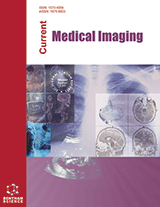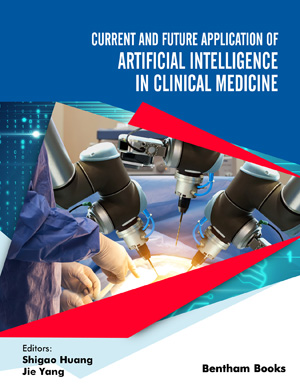
Abstract
Background: The characteristic imaging findings of breast cancer in young women are not yet fully understood. It causes a delay in diagnosis by mixing with benign findings.
Objective: To evaluate the relationship between the imaging and histopathological features of breast cancer in women aged under 40 years.
Methods: In our center, 537 suspicious lesions were detected in a total of 15,223 adult female patients under 40 years who were evaluated by breast ultrasonography (US). As a result of the mammographic, histopathological, and immunohistochemical analysis, 101 lesions meeting the study criteria were included in the sample.
Results: The luminal subtypes of breast cancer mostly visualized as irregularly shaped spiculated lesions with calcification and architectural distortion mammography and presented as masses that were sometimes accompanied by increased echogenicity in the surrounding tissue on US. The human epidermal growth factor receptor 2 (HER2) enriched subtypes mostly had microlobulated or indistinct margins with heterogeneous echoes accompanied by high calcification on mammography. The triple-negative (TN) subtypes generally appeared as microlobulated lesions with angular or indistinct margins, hypo echogenicity, posterior enhancement or shadowing, and vascularization.
Conclusion: Some radiological features of breast cancer in young women were found to be associated with molecular subtypes similar to other age groups in the literature. However, unlike other age groups, the incidences of the HER2-enriched subtype presenting with only calcification, TN subtypes presenting with circumscribed masses, and calcification were found to be low among the young women in our study.
Keywords: Breast neoplasms, Molecular subtypes, Breast ultrasonography, Mammography, Breast cancer, Young women.
[http://dx.doi.org/10.3322/caac.21754] [PMID: 36190501]
[http://dx.doi.org/10.1200/OP.20.00793] [PMID: 33449828]
[http://dx.doi.org/10.1007/s10549-018-4947-z] [PMID: 30238275]
[http://dx.doi.org/10.1016/j.ijsu.2010.05.012] [PMID: 20601253]
[http://dx.doi.org/10.1186/1471-2407-11-383] [PMID: 21871129]
[http://dx.doi.org/10.14740/wjon1278] [PMID: 32494315]
[http://dx.doi.org/10.1200/JCO.2010.28.9199] [PMID: 21115855]
[http://dx.doi.org/10.1186/1471-2407-4-82] [PMID: 15546499]
[http://dx.doi.org/10.1200/JCO.2007.14.2471] [PMID: 18612148]
[http://dx.doi.org/10.2147/CMAR.S299066] [PMID: 33628050]
[http://dx.doi.org/10.1016/j.ejca.2017.07.044] [PMID: 28844016]
[http://dx.doi.org/10.1007/s10549-020-06000-x] [PMID: 33136248]
[http://dx.doi.org/10.2214/AJR.12.8842] [PMID: 23096195]
[http://dx.doi.org/10.1007/s00330-013-2966-z] [PMID: 23918218]
[http://dx.doi.org/10.1016/j.ejca.2012.10.004] [PMID: 23116682]
[http://dx.doi.org/10.1016/j.ejogrb.2018.05.018] [PMID: 29804884]
[http://dx.doi.org/10.1093/jnci/djp082] [PMID: 19436038]
[http://dx.doi.org/10.1007/s10549-011-1872-9] [PMID: 22080245]
[http://dx.doi.org/10.1186/s12885-015-1207-z] [PMID: 25885213]
[http://dx.doi.org/10.1007/s11604-020-01001-8] [PMID: 32562180]
[http://dx.doi.org/10.1016/j.ejrad.2015.07.002] [PMID: 26198117]
[http://dx.doi.org/10.1007/BF01803562] [PMID: 6616077]
[http://dx.doi.org/10.2214/ajr.183.4.1831149] [PMID: 15385322]
[http://dx.doi.org/10.3348/jksr.2017.76.6.375]
[http://dx.doi.org/10.1007/s00330-009-1418-2] [PMID: 19440719]
[http://dx.doi.org/10.5306/wjco.v12.i9.808] [PMID: 34631444]
[http://dx.doi.org/10.1177/0284185113488580] [PMID: 23761558]
[http://dx.doi.org/10.5152/ejbh.2019.4890]












